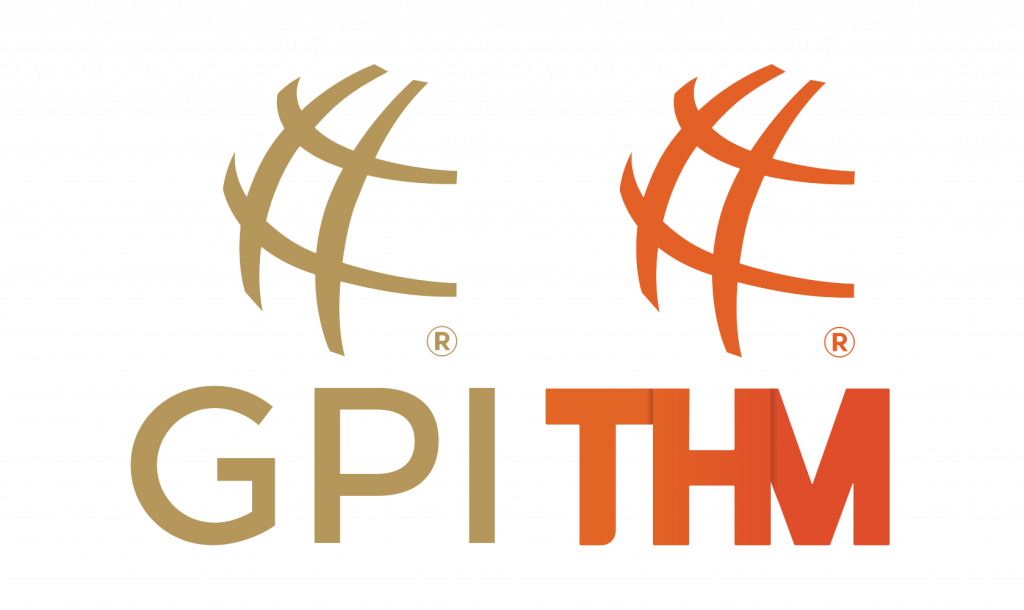Thoughts on Omaha-8 by Jennifer Harman
In an earlier tip, I gave advice for playing Stud-8 or Better. For this article, I’ll look at the other popular hi/lo split game, Omaha-8 or Better. In my article on Stud-8, I encouraged players to look for hands that have the possibility of scooping entire pots. The same goes for Omaha-8: whenever possible, you need to position yourself to take every chip from a big pot.
The best Omaha-8 hands have four cards that work together. Something like Ad-Ks-2d-4s is a terrific hand. It gives opportunities for high hands with flushes and straights. It’s also likely to make a winning low. When you see a hand with this sort of potential, play it aggressively pre-flop. You also want to play hands like Ad-2c-3h-5s, Ad-2c-3s-8c, and Ah-2d-3c-Qc, but since these hands don’t have as many opportunities to make great highs, you may not want to be as aggressive.
Some players overvalue any hand that contains A-2. For example, a hand like Ah-2c-8s-Jd isn’t all that great. It’s got a chance to win the low half of a pot, but it’s unlikely to make a decent high. Another problem is that a hand with A-2 and not much else is in danger of "getting quartered." That means if another player holds A-2, you’ll only win half of the low half. Getting quartered in a big Omaha-8 hand isn’t much fun.
That warning aside, in very loose Omaha-8 games where six or seven players are seeing every flop, you should play most hands that have A-2. The pots will be large enough to justify playing for only the low half of the pot. But even in a multi-way pot, there’s no need to play every hand with A-2 aggressively. When you have little chance of winning a high, you’re better off seeing a flop cheaply.
In tight games, where only two or three players are contesting most pots, you can muck a hand like Ah-2c-8s-Jd pre-flop. When the pots are small, you don’t want to get involved in any confrontation where you have little chance of making a good high hand.
Many players undervalue hands that contain four high cards. For example, a hand like K-Q-J-T is a solid Omaha-8 hand. Any flop that has two cards above a 9 will give K-Q-J-T a straight draw, two-pair, or a set. On such a flop, there probably won’t be a qualifying low, so there’s a great chance to scoop. (In Omaha-8, three of the board cards must be 8 or below for anyone to make a low that can take half the pot.) If the flop has three low cards, you can abandon K-Q-J-T, knowing that it’s got essentially no chance to win.
Should you find yourself playing a hand with four high cards, don’t be seduced by a flop that gives you only top pair. A flop of K-5-2 is not good if you’re holding K-Q-J-T. With such a flop, you can be pretty sure that some of your opponents are playing the low end of the deck and are working on powerful lows and straight draws. In fact, in multi-way pots, you should be wary of any single pair or even two-pair. It usually takes a strong hand to take the high-half of a multi-way Omaha-8 pot; a five-card hand – a straight, flush or full house is often necessary to win.
Omaha-8 attracts players who love to play pots. Many draw too frequently and play hands that can only get them in trouble. If you learn to play Omaha-8, you can take advantage of these loose players and turn a solid profit.
